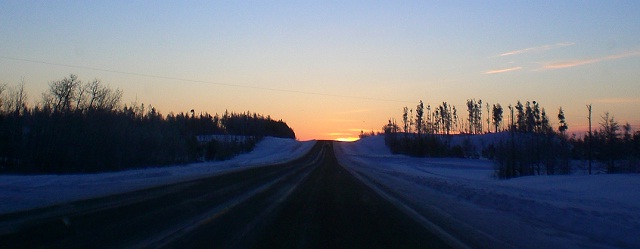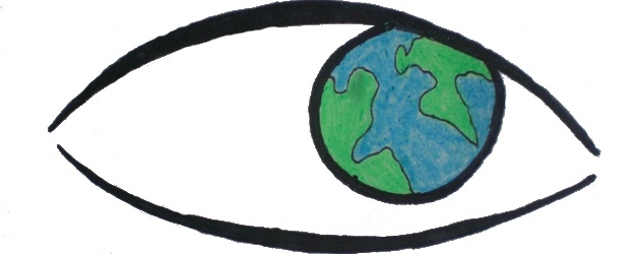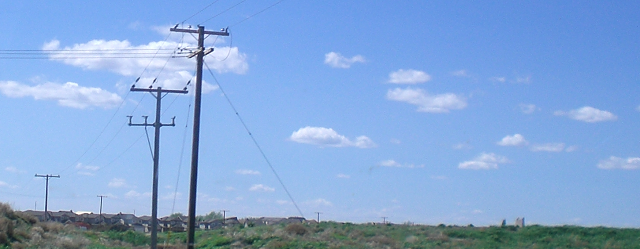Our increasing reliance on natural gas brings with it both opportunities and dangers during the shift towards renewable energy. This issue deals with some major issues regarding natural gas deployment in industry, power generation, food production, and heating.
Category: Renewable Energy Review

A renewed look at 2010, a sustainable vision for 2011
Here we review major renewable energy topics from 2010 and then turn towards analyzing energy issues for 2011 and beyond.
Demand side management to help build a renewable power grid
Demand side management helps make our power grid more cost-effective and aids in the transition towards renewable energy. It can also be considered as a very green policy on its own, as it reduces the amount of power we need to produce, and thus our impact on the environment.
Power system performance metrics
Everything has its price. Every form of power production has costs in dollars, time, land, materials, pollutants, greenhouse gas emissions, and human deaths. We look at the most important factors for analyzing the feasibility of a proposed power project. Considering only some of these factors will lead to an incomplete picture of power system costs.
Feed-in tariffs: A fitting policy for renewable energy
Here we talk about what a feed in tariff is and how it works. We also conduct an overview of how effective feed in tariffs have been at stimulating the renewable energy industry around the world.
How can renewables deliver dispatchable power on demand?
What does dispatchable mean? Why is it important? How do we currently do this? Can renewable energy fulfill this role? What other tricks can we use?
Land use of coal vs wind: Still room for debate
Land usage for power systems is a common comparison metric. We demonstrate here that the comparison cannot be conducted meaningfully on such simplistic grounds. Additional factors must be taken into consideration.
Types of hydroelectric power: How do the dam things work?
Hydroelectricity, or ‘hydro’, is generated from the energy in the water cycle of the earth. The sun evaporates water on the surface of the earth, causing it to rise up to form clouds. Clouds eventually form droplets, which then rain, snow, or hail down to the surface. Water on the surface flows downhill until it evaporates again. During this time it may become trapped in glaciers, lakes, ponds, puddles, or the ocean. Driven by the sun, the water cycle is a truly renewable resource.

Why electrical energy storage is useful
This week we are taking a look at electric energy storage. There are a number of important reasons why energy storage systems are desirable for power grids.

Progress and potential of renewable energy
The intent of this publication is an ongoing investigation of the progress and potential of renewable energy in our world. Our goal is to collect the best writing and news on the subject of renewable energy projects and policies. We have observed that humanity is innovating rapidly as the energy security of the future becomes a global priority. Current trends indicate that the age of coal will end before we run out of coal.
